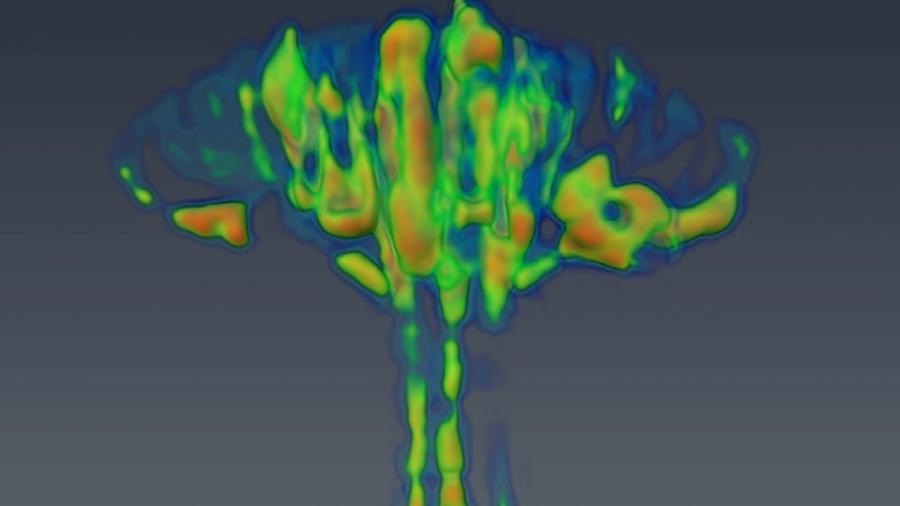Key Points
Wildfires played a key role in the evolution of plants in many parts of the world
Some plants, including many Australian natives, became dependent on fire for survival
Advanced imaging techniques at ANSTO reveal the structure of fossilised plants non-destructively
Researchers based at Monash University and the Swedish Museum of Natural History have pioneered the use of nuclear imaging techniques at ANSTO’s Australian Centre for Neutron Scattering to resolve long-standing gaps in knowledge of the evolution of plants, including Australian natives, that adapted to depend on fires.
Their work has highlighted the key role of wildfires* in the evolution of floral ecosystems.
Dr Chris Mays, a Postdoctoral Researcher at the Swedish Museum of Natural History and Research Affiliate at Monash University, has used fossils of plant reproductive structures, like pine cones, to show how they have adapted to fire.
“> Play
Play
The fire-adapted fossil plant Protodammara reimatamoriori from the mid-Cretaceous (c. 92 million-years-old) of the Chatham Islands. Animated volume rendering of neutron tomographic reconstruction
Plants are known to have adapted during two pivotal intervals in their evolutionary history: a mass extinction event in the end Permian period (252 million years ago) and the rise of the flowering plants during the mid-Cretaceous hothouse period (120-95 million years ago).
“These extreme warming periods were evolutionary ‘bottlenecks’, through which only fire-adapted plants survived. The evolutionary legacy is all around us in Australia, where a huge proportion of the plants today have fire-adaptive traits,” said Mays.
Using neutron tomography on Dingo, the researchers were able to virtually extract images of amber from within fossils and differentiate plant tissues.







